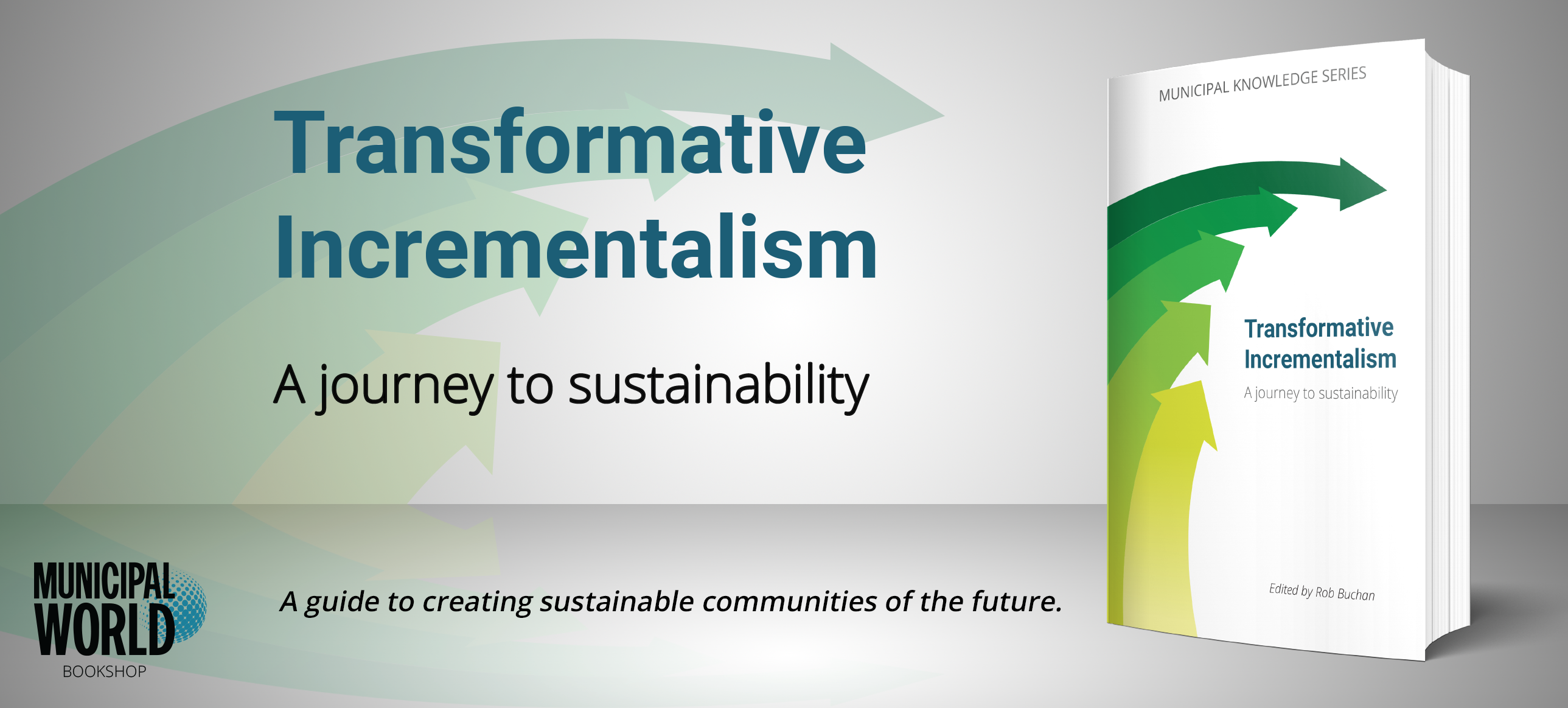Shifting into leadership mode

Think about where you work. Does everything happen the way you think it should? If you prefer, think about any device you use. Does it work the way you think it should? Unless you’re a most unusual person, your response is probably “No.” – perhaps even “Of course not!”
Each one of these “discontents,” be they mundane, minor, or major, presents us with a fundamental question: What are we going to do to erase this discontent from our lives?
The most common response, the path of least resistance, is that we just accept the difference between what we’d like to have happen and what’s before us. Things are the way things are, we don’t care enough to make a change, and we get on with our lives.
If our discontent is a smidgen more annoying, we might mutter: “Someone should do something about this!” and (having done all we could do) we get on with our lives.
But, when someone decides that just muttering “Someone should do something about this!” isn’t enough, and replaces their muttering with the internal revelation of “I need to do something about this!”, then they’ve set themselves apart from those who are ignoring the situation they’d like to see fixed. They’ve taken the first, and the most crucial baby step, toward becoming a leader.
The Challenges of Leadership
Making change happen isn’t easy. People (that would be you and I, and everyone around us) are, for the most part, comfortable enough with the way things are. More to the point, they (we) really dislike being told to change. If you’re the person who’s decided to do something to bring about a change – to make things better – then you’re the person who’s decided to rock the boat. People (and they will outnumber you) will push back. Sometimes with deliberate intent. They’d prefer if you just let the status quo alone.
And, courage becomes necessary when the pushback against the proposed change becomes stronger. An honest desire for worthy change provides no guarantee of success. Change is disruptive, and people don’t typically seek chaos. They will fight back against any attempt to drag them out of their comfort zone. They might, however, be enticed to leave their safe place if the leader’s vision is worthy of their own goals.
Despite what all the motivational posters might suggest, sometimes persistence doesn’t pay off. Ask the persistent stone – worn smooth, and ultimately worn away, by the persistent drip of water – if it made the correct choice. Given this real risk of failure, courage is required to keep moving forward (although not required at the start of the leader’s journey).
Some Things Are Learned, Some Things Decided
Two other things are essential to any leader’s success:
- clarity of vision and ability to communicate that vision to others, and
- people skills.
The ability to communicate is something anyone can learn – though it’s obvious some people have a natural ability to create visions in the minds of others.
People skills are also something we can learn if we set our mind to it – and, once again, some people have the ability to connect with others bred in their bones.
What cannot be taught is that initial thought that shifts a person from being just another member of a crowd to someone who decides, “I need to do something about this!”
My personal belief is that anyone can choose to shift into leadership mode. But, that’s the key: the decision to assume a leadership role – and all that it entails – is an internal one. Consider it an opportunity always available to us. MW
✯ Municipal World Insider and Executive Members: You might also be interested in the full version of this article or in Susan Gardner’s article: Finding the courage to be yourself. Note that you can now access the complete collection of past articles (and more) from your membership dashboard.
Those who know Peter de Jager‘s history, know that this is autobiographical. View his work at www.vimeo.com/technobility.
Related resource materials:



